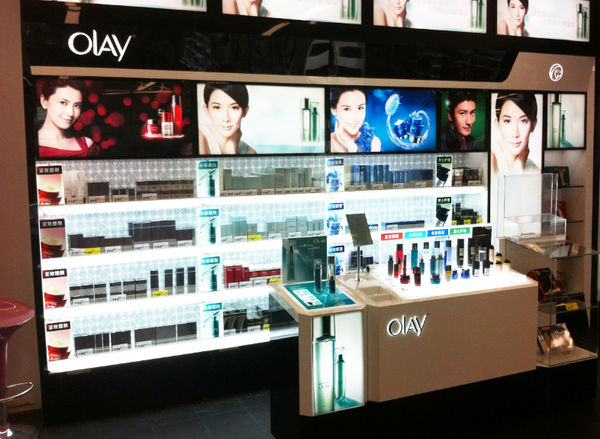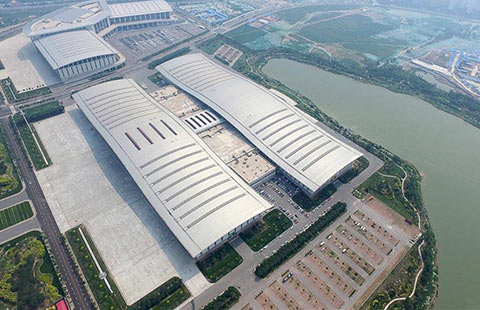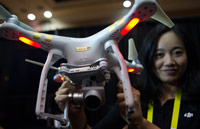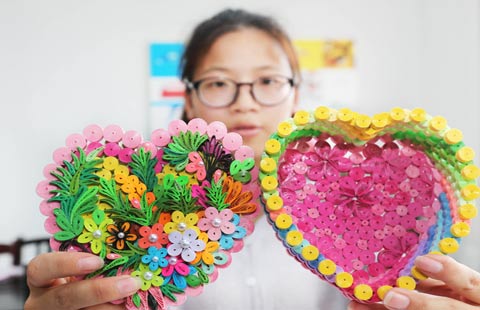Face cream leaves its mark on China and the world
By Yao Jing (China Daily) Updated: 2012-11-23 15:23Olay has had a few makeovers in its 60-odd years, but the old girl still has a spring in her multibillion-dollar step
A couple of weeks ago Zou Hao, who works at a trading company in Shanghai, splashed out 1,000 yuan ($160) online for skin-care products.
Zou, 28, has been aware of the US brand Olay since his mother used its products when he was a child. Later, when he was at college, he decided that for him skin care was important, and he began using moisturizing products.
|
 Olay, owned by Procter & Gamble, has made big inroads in China as a widely known skin-care product. [Photo/China Daily] |
"Although I use other high-end brands, I have stuck with Olay's products because I know them well and they are cheaper compared with other big names."
Olay, owned by the retail giant Procter & Gamble, has made big inroads in China as a widely known, affordable range of skin-care products. However, faced with a more segmented cosmetics market, those who sell Olay are trying to broaden the product's appeal.
Zou is an interesting case study because he represents one strand of Olay's strategy of widening its appeal: putting products for men on the market, something it started doing in China in 2010.
The sort of money at stake is apparent when you consider that Procter & Gamble proudly calls Olay and 23 more of its products "billion-dollar brands", and Olay with three other beauty businesses together accounted for almost 24 percent of the company's net revenue of $83.7 billion last year.
In April, London consultancy Brand Finance named Olay as the world's top beauty brand, saying it was worth $11.8 billion.
"We hope to clearly define the image and beauty promise of the brand in each niche market," says Li Jing, director of the brand's communications and PR in China.
Chinese people have become a lot more sophisticated in their skin-care needs, she says. Gone are the days when keeping skin moist was enough. Now there is high demand for anti-aging, whitening, and anti-acne products.
"Consumers are becoming mature and letting us know what they need," Li says.
Responding to the changes in the market, Olay, which has been on the market for 23 years, launched the concept "House of Olay" in China last year, splitting the brand into three sub-brands targeting different types of consumers.
- Working under the scorching sun
- China suspends oil price adjustment
- Hong Kong stocks plunge over uncertainty of Britain's referendum
- China says ready to help India address its nuclear energy needs
- ADB loan will finance sewage treatment
- Venue of 2016 Summer Davos Forum
- Chinese stocks down on Brexit fears
- Hong Kong's stocks extend gains to fifth day


















